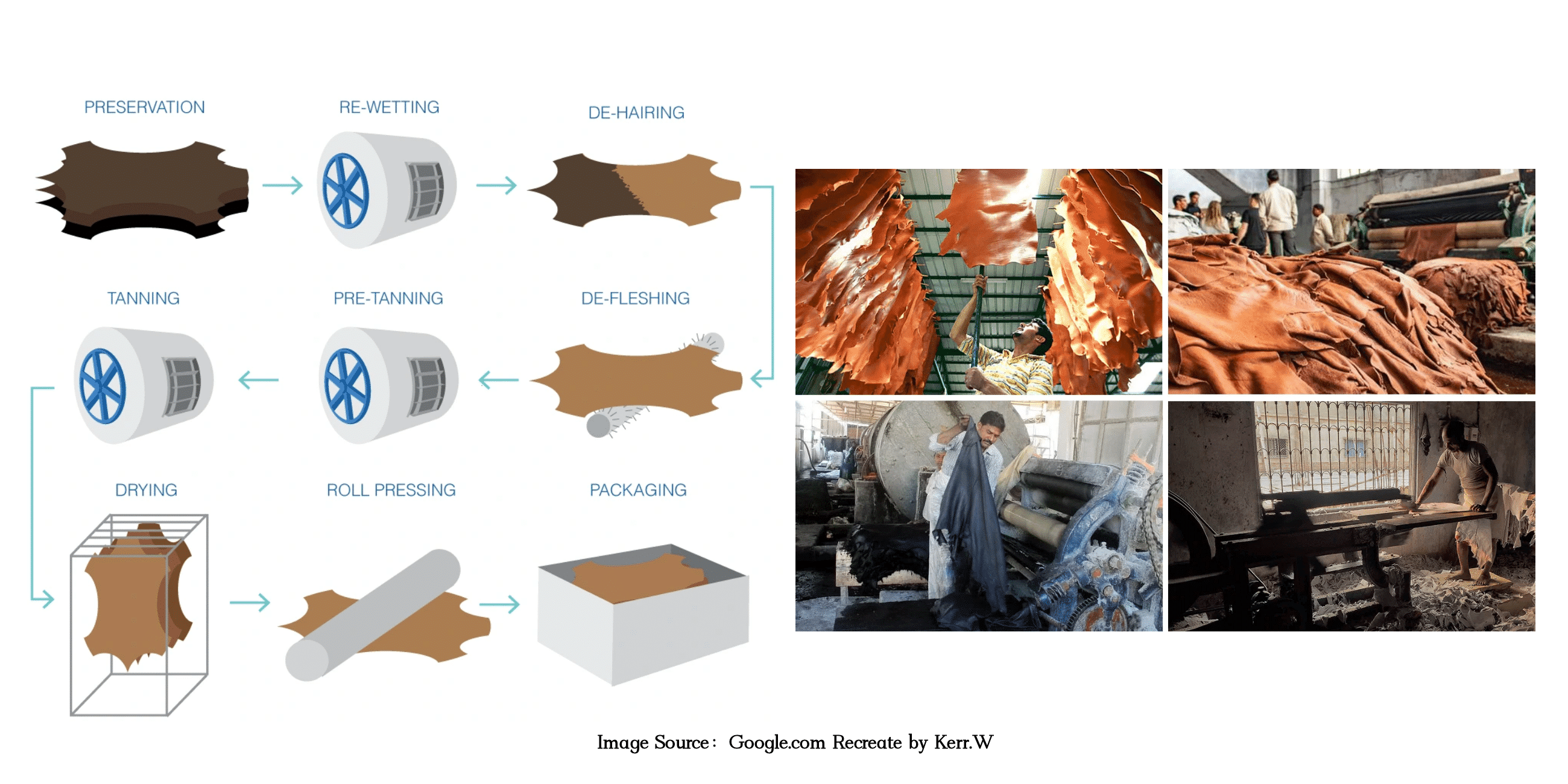Is Silicone Leather Real Leather? Benefits, Differences, and Market Trends Explained
Is silicone leather real leather?
How does it compare to traditional leather in terms of durability and sustainability?

As sustainability becomes a priority across industries, silicone leather is gaining recognition as an innovative alternative to traditional leather. From furniture and automotive interiors to luxury fashion accessories, many businesses are adopting silicone leather for its eco-friendly, durable, and low-maintenance properties.
However, one question often arises:
Is silicone leather real leather?
How does it compare to traditional leather in terms of durability and sustainability?
In this guide, we will explore the materials, manufacturing process, key advantages, and market trends of silicone leather, giving you a complete understanding of why it's becoming a game-changer.
What Is Silicone Leather? Is It Real Leather?
The straightforward answer is no—silicone leather is not genuine leather.
The Core Difference Between Silicone Leather and Real Leather
Genuine leather is made from animal hides (such as cowhide or sheepskin) and undergoes tanning, dyeing, and finishing to enhance durability. It has a unique natural texture and breathability, but requires extensive care and has a significant environmental impact due to chemical tanning processes and livestock farming.
Silicone leather, on the other hand, is a synthetic alternative. It consists of a silicone-coated surface bonded to a fabric base, which is typically polyester or knitted cloth. The silicone coating allows manufacturers to replicate the texture and softness of real leather while eliminating the need for animal-derived materials. This makes silicone leather a cruelty-free, sustainable, and highly durable alternative.
Silicone Leather vs. Real Leather: Key Differences and Pros & Cons
Materials and Production Process
Silicone leather and genuine leather differ significantly in how they are sourced and manufactured.
- Genuine leather requires animal farming, tanning, and chemical treatments, which involve the use of heavy metals and toxic chemicals like chromium salts.

- Silicone leather, on the other hand, is produced through an eco-friendly coating and embossing process that does not require animal products or harmful chemicals.

Performance Comparison
In terms of durability, silicone leather significantly outperforms real leather. It is naturally waterproof, stain-resistant, scratch-resistant, and highly flexible, making it ideal for high-use applications such as automotive interiors and commercial furniture.
Genuine leather, while luxurious and premium, is more prone to wear and tear. It can easily scratch, absorb moisture, and develop mold in humid environments. Without proper conditioning, it may dry out and crack over time, reducing its lifespan.
Maintenance and Longevity
One area where genuine leather has an advantage is breathability, due to its natural porous structure. However, modern silicone leather can be designed with micro-perforations to enhance airflow and comfort, making it a strong competitor even in this aspect.
When it comes to maintenance, silicone leather is far easier to clean. A simple wipe with a damp cloth is enough to keep it looking new, whereas genuine leather requires regular conditioning and careful cleaning to prevent cracking and discoloration.
Top Industries Using Silicone Leather and Why It’s Gaining Popularity
Furniture Industry
Silicone leather is a top choice for sofas, office chairs, and dining chairs. Unlike traditional leather, it does not require extensive maintenance and retains its flexibility and durability over time. Its stain-resistant and easy-to-clean properties make it perfect for homes with children and pets.
Automotive Interiors
Many luxury vehicle manufacturers now use silicone leather in car seats, dashboards, and door panels. Unlike genuine leather, which can fade or crack due to UV exposure and heat, silicone leather maintains its pristine condition for years.
Fashion and Sports Accessories
Luxury handbags, sports gear, and travel luggage are incorporating silicone leather due to its lightweight flexibility and customizable finishes. The ability to match Pantone colors and create unique textures makes it a preferred choice for designers.
Medical and Outdoor Equipment
Because silicone leather is waterproof, antibacterial, and hypoallergenic, it is commonly used in hospital chairs, wheelchair cushions, and camping gear. Its ability to withstand harsh environments makes it ideal for both medical and outdoor applications.
Frequently Asked Questions (FAQ)
Is Silicone Leather Low Quality or Fake Leather?
Silicone leather is more durable and sustainable than genuine leather in many aspects. It meets strict environmental and safety certifications such as SGS and OEKO-TEX, proving its high quality.
How Can You Tell the Difference Between Silicone Leather and Real Leather?
-
Touch & Feel: Real leather has natural pores and grain, while silicone leather has a uniform, smooth texture.
-
Burn Test: Real leather smells like burning hair, while silicone leather does not ignite and self-extinguishes.
-
Backside Material: Real leather has an animal fiber backing, while silicone leather has a visible fabric base.
Can Silicone Leather Be Customized?
Yes! As a professional manufacturer, we offer custom colors, textures, and finishes. We can even create embossed leather patterns, carbon fiber textures, and fire-resistant coatings tailored to client needs.
How Does Silicone Leather Compare to PU and PVC Leather?
Conclusion: Why More Industries Are Switching to Silicone Leather
(And Why You Should Too)
Silicone leather is a revolutionary alternative to traditional leather, offering durability, sustainability, and low maintenance. Whether for furniture, automotive, or fashion, it is a smart investment for businesses seeking high-quality, eco-friendly materials.
Interested in exploring silicone leather? Contact us, we are happy to share details and samples!
